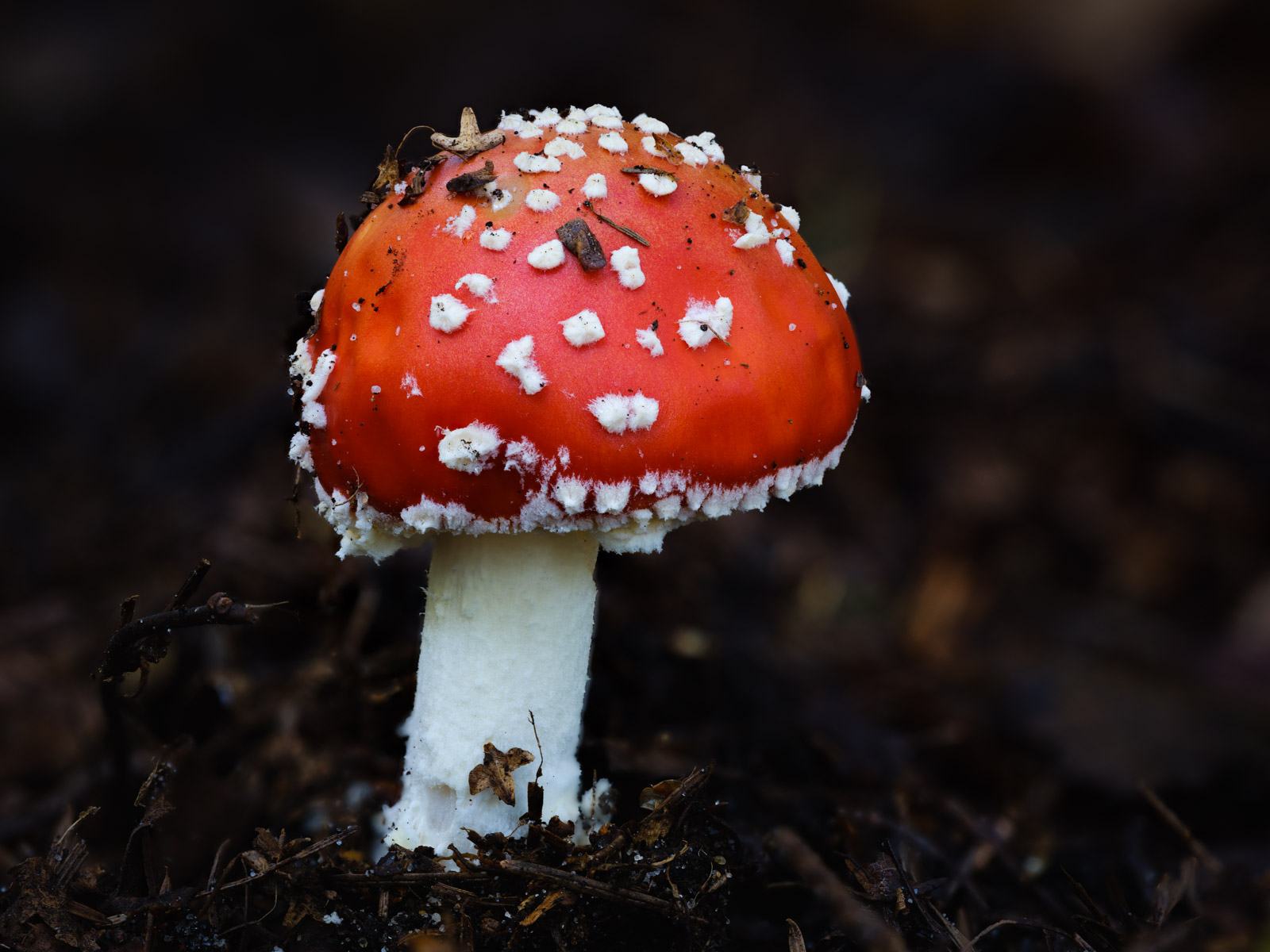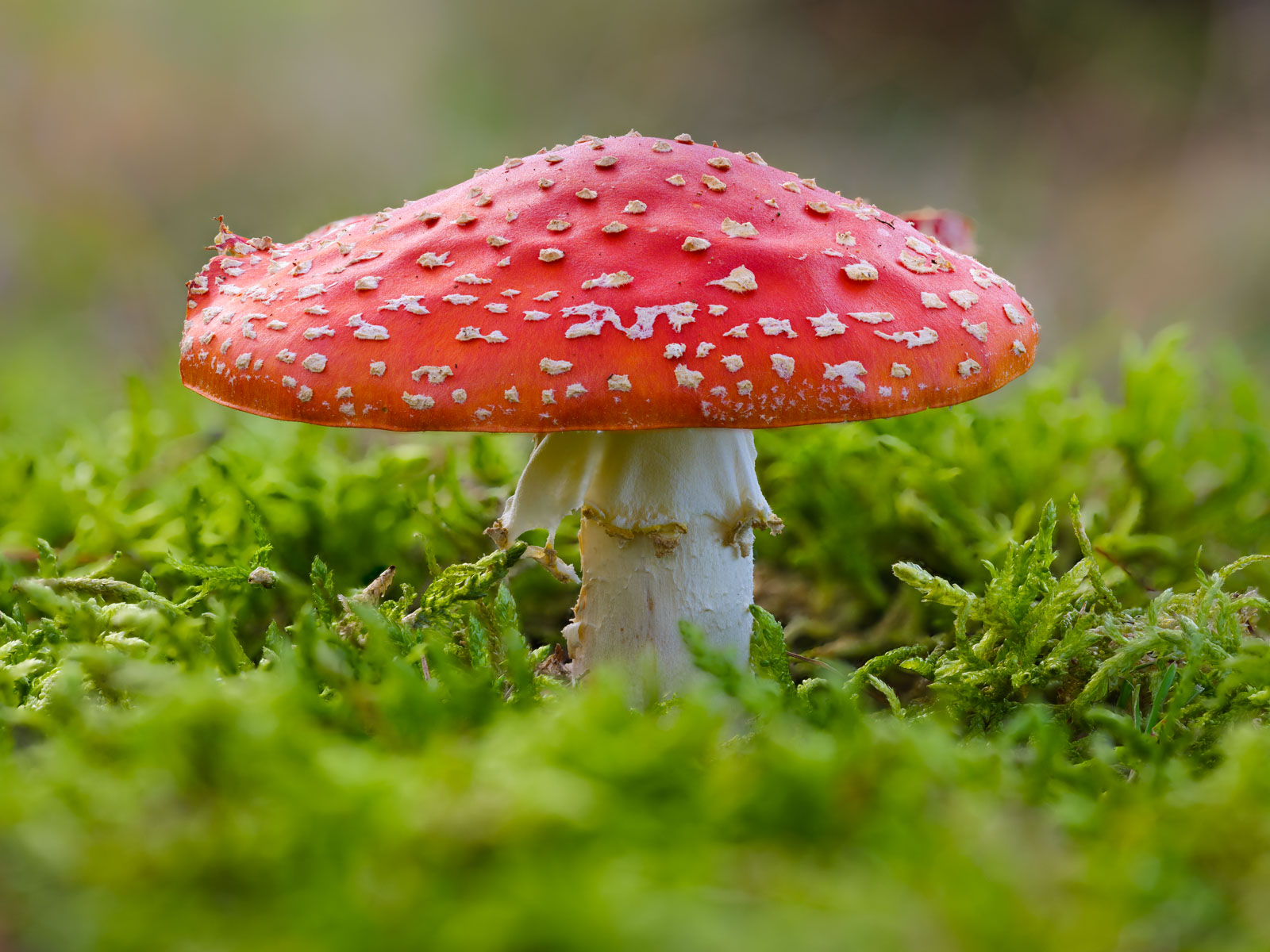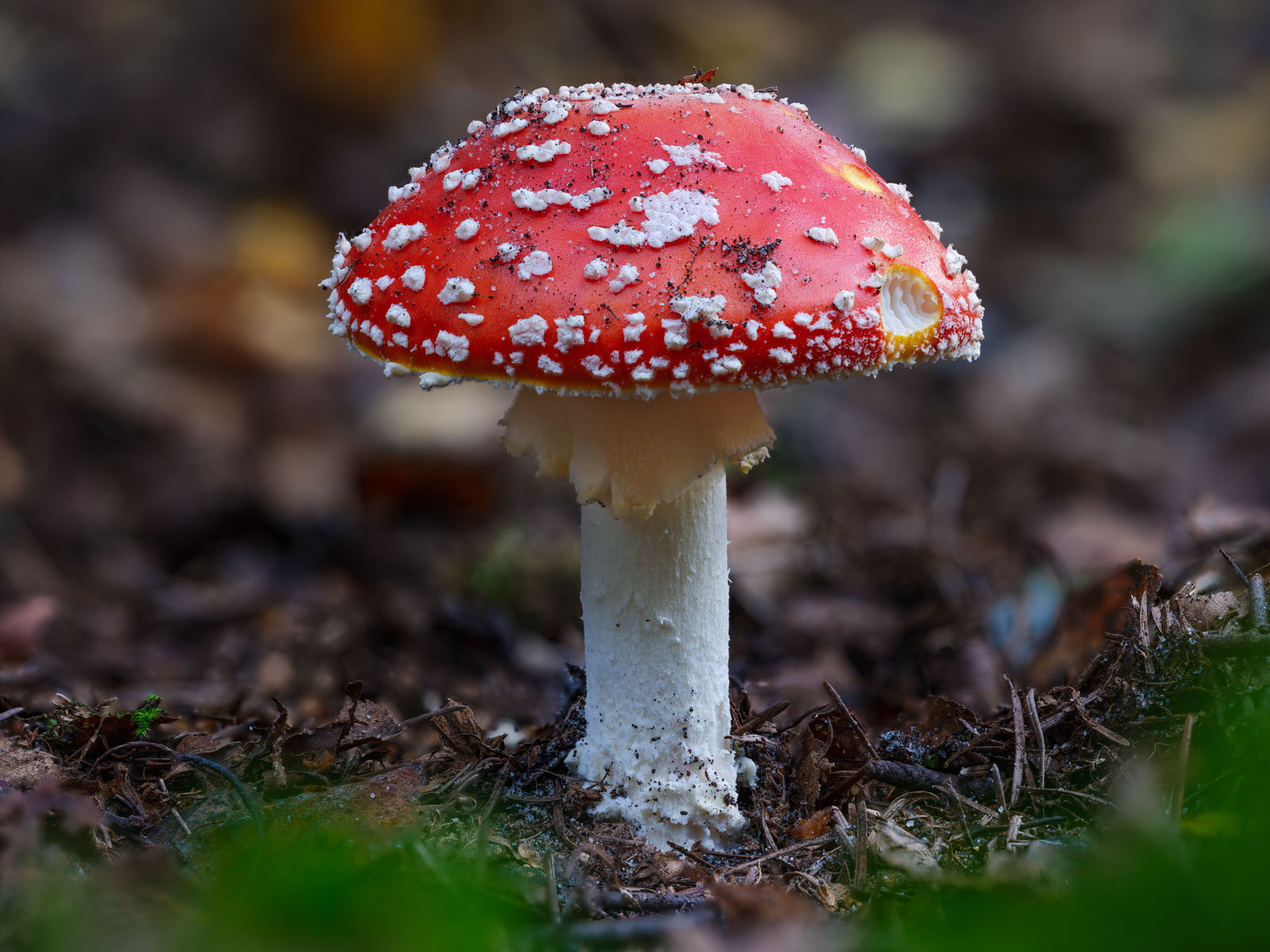10/12/2020
I have used the last two or three weeks to photograph toadstools. Last year I hardly found any, so I had planned a little more time. Amazingly enough I found quite a few of the red-hatted guys. Even in places where nothing was to be found in 2019.
Fly agarics are not very rare in themselves. They also do not belong to the endangered mushroom species. All you need to know is that they do not just grow somewhere, but have certain preferences. Toadstools live in symbiosis with certain trees. The tree is supplied by the fungus with minerals, such as phosphorus, and in exchange the fungus receives products of photosynthesis from the tree. In the case of toadstools, however, this does not work with any tree. They need birch or spruce. So if you are looking for fly agarics, you should look for these trees.
Fly agaric (Amanita muscaria) at 'Wistinghauser Senne' #1

Fly agaric (Amanita muscaria) at 'Wistinghauser Senne' #2

Fly agaric (Amanita muscaria) at 'Wistinghauser Senne' #3

Fly agaric (Amanita muscaria) at 'Wistinghauser Senne' #4

Fly agaric (Amanita muscaria) at 'Wistinghauser Senne' #5

> Nature

